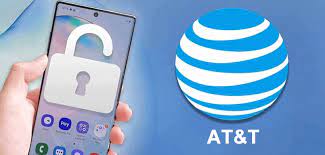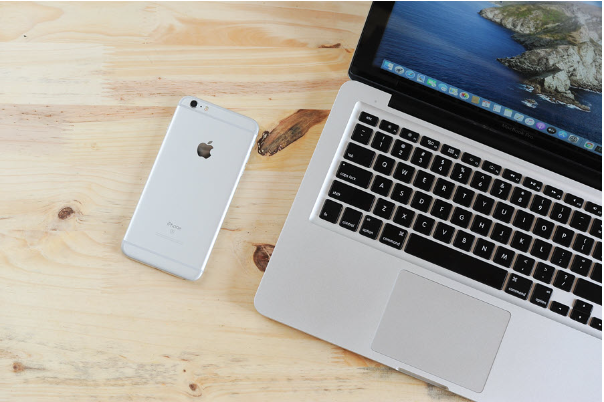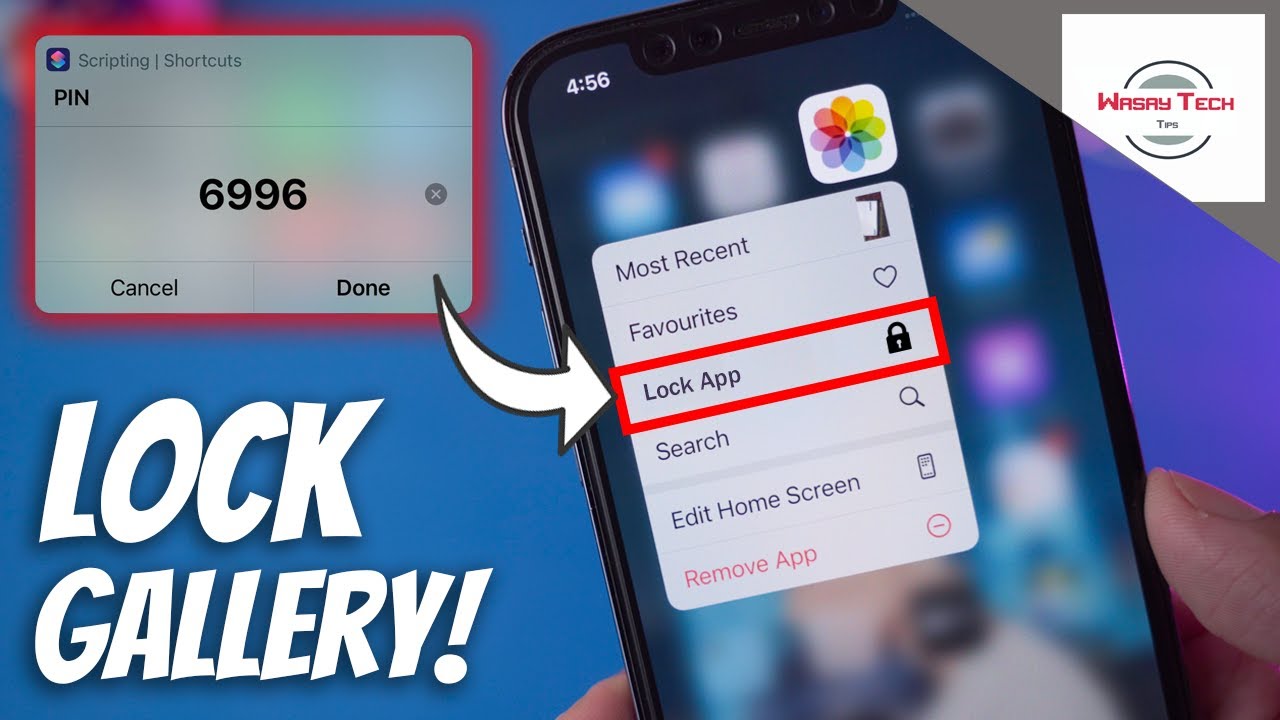One of the main features of the new iOS 16, which became available on Monday, is that you can finally make changes to the lock screen other than just changing the wallpaper.
It is perhaps particularly useful on the new iPhone 14 Pro models with the option to always have the screen on, but we think that many users of older iPhones will also appreciate greater customization options here.
How to find the menu in IOS 16
Finding the settings menu for the lock screen is not necessarily very logical.
Instead of going into the settings menu, you have to hold your finger on the screen on the lock screen itself, and then you can choose to customize the existing lock screen or create a completely new one.
If you choose to create a new one, you will be served a selection of suggested backgrounds, including a selection of images from your gallery. These are often photos taken with the iPhone’s portrait mode, where the new iOS is able to separate the head from the background and place the head in front of any text or widgets.
It’s undeniably a bit stylish, but it also requires something from the subject so that all other content doesn’t end up behind a big head. You can also choose to crop the subject by pinching your fingers on the screen.
You can also choose from a couple of new and partially interactive backgrounds, such as weather and astronomy. However, these will ask for location access via GPS, which can cost a lot of battery life on the phone, so it’s good to be aware of that.
Three fields can be customized
In practice, there are three fields that can be customized on the home screen. In the top field with the date, you can add a widget, for example today’s UV index, how many active calories you have burned today or the next calendar entry.
In the clock field, for the first time, you can choose a different font (among eight options for now) and you can choose a color for all the content on the screen. The default is that the color is adapted to the background image you have chosen, but you can choose completely if you wish.
Finally, you can customize a separate line of widgets, and these are very reminiscent of those we had the opportunity to put on the home screens in an earlier iOS version. Here, however, Apple is so strict that you only get one line to deal with, so you can only choose widgets in “double” icon size.
For the time being, it is also somewhat limited how many third-party apps have added support for these widgets, but there will probably be many, many more in the future. For example, Google has announced that there will be widgets for Gmail, Google Maps, Google search and more.
How to customize each widget
You can also customize what should be displayed in the various widgets by pressing them (in practice twice, since the first press only selects the row of widgets itself). The share widget lets you, for example, select a single share or an index, possibly three if you choose double width on the widget.
The battery widget is set to “automatic” by default, but you can also choose to always show the battery status of a single fixed device, such as a watch or a pair of headphones.
Here, in practice, it’s just a matter of trying a little to find the combination that suits you best – but it must also be said that it’s a bit annoying that these widgets are not interactive in any way. They only show information, and if you press them, they will open the corresponding app or function.
Not having added long-press functions here seems like a “missed opportunity” from Apple. Certain types of information are also not displayed if you have not unlocked the screen with facial recognition first, such as the aforementioned calorie burn.
Link lock screens to “focus”
You can also choose to set up your own lock screens for Apple’s so-called “focus”. For example, you can have a clean lock screen with as much work-related information as possible when you are on the work focus, while your weekend focus is a nicer screen without calendar entries and share prices.
You set the corresponding focus with the focus button at the bottom of the screen – or you can leave it completely if you’re like us and don’t use this iPhone function at all. If you create several lock screens, you can of course also easily switch between them manually by simply entering the lock screen menu and selecting the one you want.



